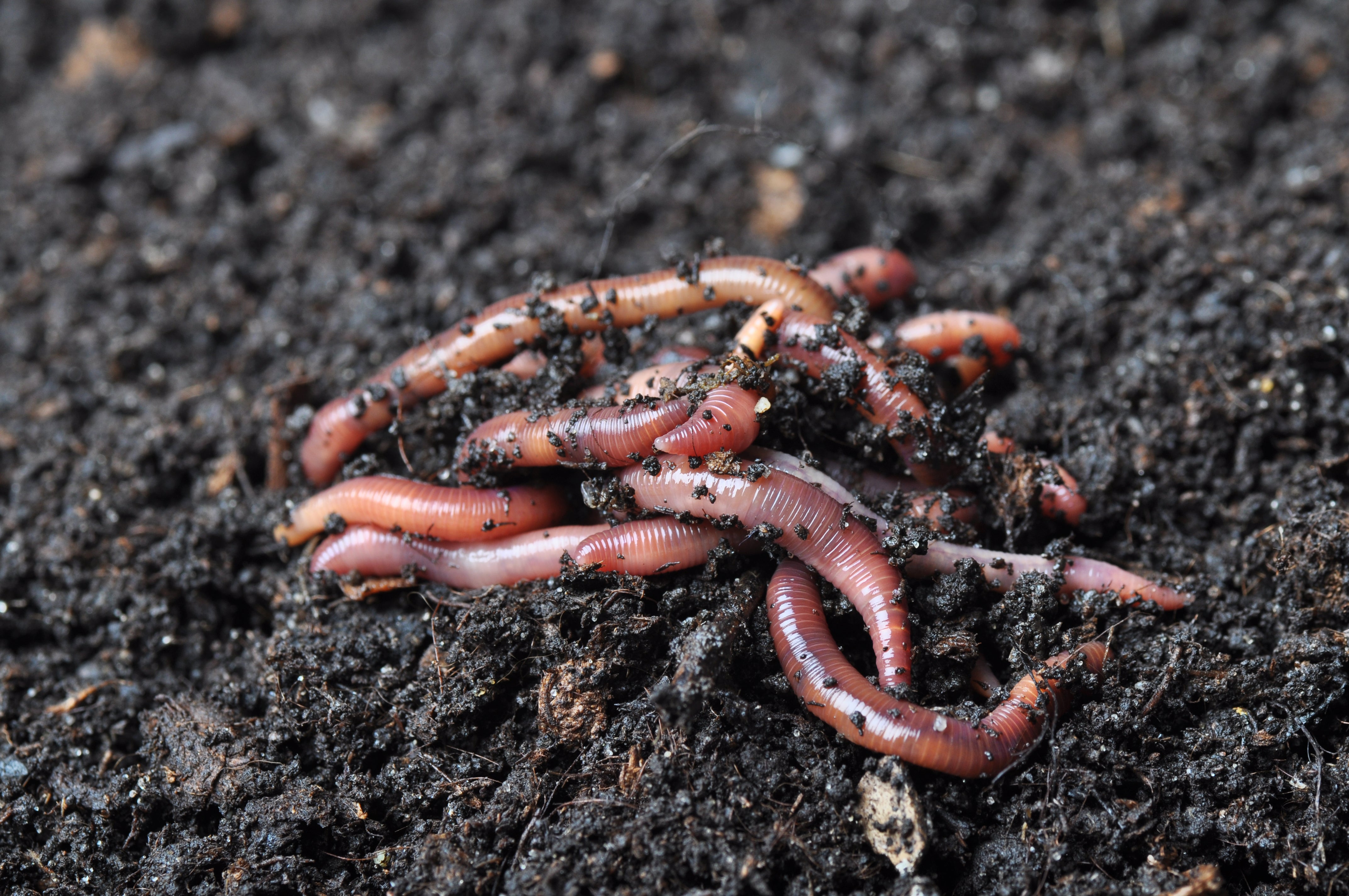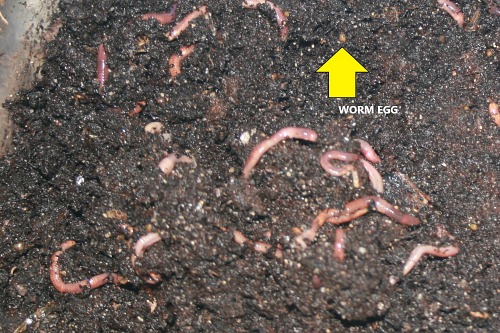Red Wigglers: The Unsung Heroes of Organic Waste Recycling
Red wigglers, or Eisenia fetida, act as essential representatives in the organic waste reusing process, changing disposed of materials into beneficial vermicompost. Their effective breakdown of natural issue not only improves dirt top quality but additionally adds to lasting waste management techniques. As the world significantly looks for remedies to combat waste accumulation and enhance farming performance, recognizing the duty of these worms comes to be important. What mechanisms permit them to thrive in compost settings, and how can they be successfully made use of in both property and industrial setups? Checking out these questions exposes the more comprehensive implications of vermicomposting in our environmental landscape.
What Are Red Wigglers?
The impressive durability of red wigglers, medically called Eisenia fetida, highlights their critical role in organic waste recycling. These small, reddish-brown earthworms are usually located in breaking down organic matter, such as garden compost heaps and manure stacks. Lake Hickory Bait. Unlike various other earthworm varieties, red wigglers prosper in nutrient-rich settings and are extremely effective at breaking down natural materials, making them essential for vermicomposting

Benefits of Composting With Worms
Composting with worms, particularly red wigglers, provides many benefits that improve both waste management and soil health and wellness. These worms effectively break down organic waste, transforming it into nutrient-rich vermicompost that enhances dirt. This process increases disintegration, enabling a faster recycling of kitchen area scraps and various other organic materials compared to traditional composting techniques.
Additionally, the vermicompost produced by red wigglers is including beneficial microbes, which assist enhance soil structure, aeration, and wetness retention. This boosts the total health and wellness of plants, advertising vigorous growth and increased returns in gardens and farming settings. The use of worms in composting minimizes the production of greenhouse gases, such as methane, adding to a more sustainable waste administration system.

Exactly How to Beginning Vermicomposting
Establishing a vermicomposting system is an uncomplicated process that can produce considerable advantages for both waste monitoring and soil enrichment. To begin, choose an ideal container, such as a plastic container or wooden box, with sufficient air flow holes to ensure proper air flow. The measurements should ideally be about 2 feet by 3 feet, permitting ample space for the worms to prosper.
Following, prepare bed linens material, which can consist of shredded newspaper, cardboard, or coconut coir. This bed linen needs to be dampened to create an appropriate habitat for the worms. As soon as the bed linen remains in place, introduce red wigglers (Eisenia fetida) into the container, commonly around one pound of worms for each square foot of surface.
Complying with the placement of worms, add natural waste, such as fruit and veggie scraps, coffee grounds, and smashed eggshells. With these steps, you will effectively initiate a vermicomposting system that adds to lasting waste management and improves your dirt.
Keeping a Healthy And Balanced Worm Bin
Carefully mixing the bed linens and food scraps every couple of weeks protects against compaction and guarantees that all worms have access to oxygen. Additionally, it is essential to feed the worms suitably.
If the bin comes to be as well hot or cool, the worms may come to be stressed. By carefully taking care of these factors, one can preserve a robust and effective worm container.
Influence On Lasting Living
The successful maintenance of a worm bin not only profits the wellness of red wigglers but also contributes substantially to lasting living methods. By reusing natural waste, such as cooking area scraps and lawn debris, red wigglers aid divert substantial quantities of product from land fills. This reduction in waste not only lowers greenhouse gas discharges but also minimizes the ecological worry related to waste administration.
In addition, the castings produced by red wigglers act as a nutrient-rich organic plant food, enhancing soil health and wellness and promoting plant growth. This all-natural option to chemical plant foods sustains sustainable agriculture and horticulture methods, decreasing dependence on artificial inputs that can harm communities. Furthermore, worm composting fosters understanding of waste management, encouraging people and areas to take on even more sustainable habits.

Verdict
In recap, red wigglers work as crucial contributors to natural waste recycling with their effective decay of organic products. Their ability to create nutrient-rich vermicompost enhances soil wellness and sustains lasting agricultural methods. By integrating vermicomposting right into waste administration techniques, people and areas can substantially lower waste while promoting environmental sustainability. The function of Eisenia fetida in promoting healthy environments highlights the value of these organisms in achieving sustainable living and improving soil fertility.
Comments on “Maximize Lawn Growth with Top-Rated Products from Red Wiggler Express”